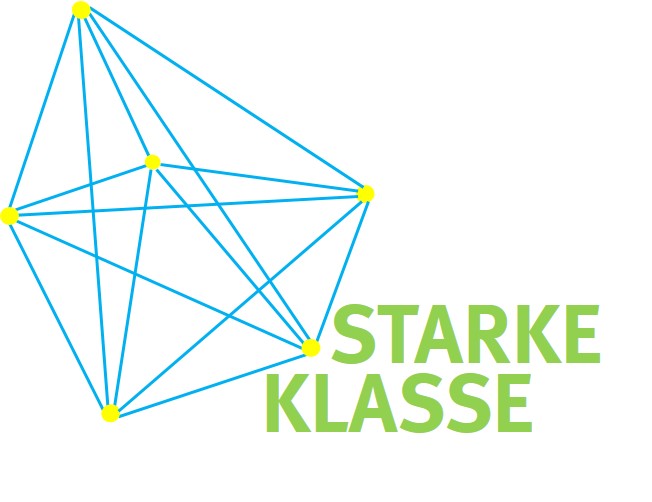SoPaKo – Social Participation through Cohesion. An Intervention Study in Elementary Schools.
The "SoPaKo"-Project is funded by DFG (Deutsche Forschungsgemeinschaft) for 3 years.
Social participation of children with special educational needs (SEN) is one of inclusive schools’ main goals. Participation is successful if children with and without SEN are equally involved in learning processes and if they experience mutual positive relationships with their classmates. However, empirical research reveals that inclusive instruction in itself is not sufficient for ensuring social participation for all children. Therefore, diverse trainings were developed to strengthen the SEN children’s social participation. Often these trainings strive to foster SEN children’s social competences. Also, support-based trainings have been implemented in order to activate social resources, helping children to overcome social and academic problems. Together, these interventions always focus on the SEN children, thus accepting the risk of these children being stigmatized.
Our own classroom-based intervention, however, focuses on the class as a whole and thereby avoids individual stigmatization. The group variable of interest is cohesion, meaning „the resultant of all forces acting on members of groups to remain in the group“ (Festinger, 1950, S.274). Cohesion supports instrumental group functions like the fulfilment of group tasks and the affective need to belong. So it seems plausible to assume that cohesion will foster the individual student’s social participation as well.
Our intervention consists of learning -based activities as well as of social activities practiced in dyads or groups of students during regular instruction. Most activities were adapted from the project SirIus (University of Zuerich, Switzerland) – an intervention for primary school classes including children with mental disabilities. Furthermore, ideas were picked up from a model of team building interventions that proved successful in fostering cohesion in sport teams (Carron & Spink, 1993).
Using a waiting control group design with 40 primary school classes, grades two and three, we examine whether our intervention
a) strengthens cohesion and
b) thereby increases social participation of individual students, especially those with very low achievement or with conduct problems.
Quantitative data from student and teacher questionnaires as well as sociometric data will be analyzed at the classroom level using mixed-design ANOVAs. The same data will be analyzed at the student level using hierarchical linear models. These multi-level analyses allow for including metric student variables (e.g. achievement, conduct problems) into the estimation of intervention effects. Thereby it will be avoided to use a categorical assignment “with vs. without SEN“ at the statistical level, too.


